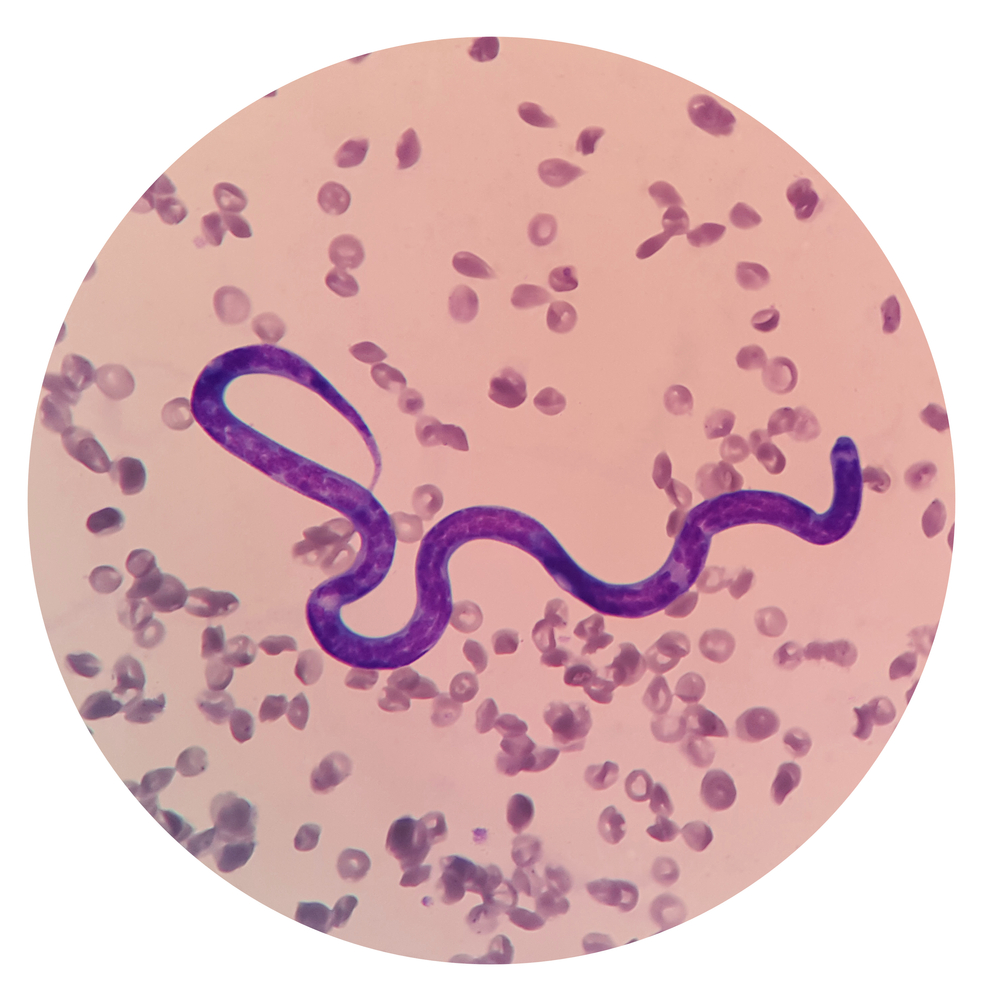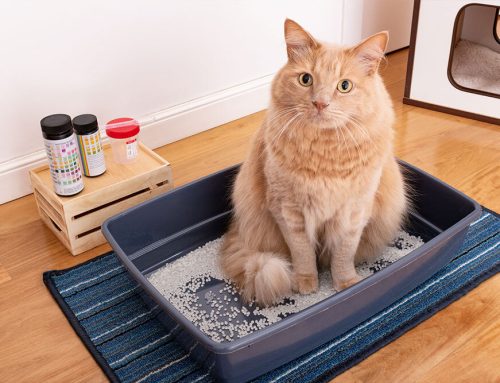Mosquitoes are more than a nuisance for pets. They can transmit heartworms, and although this disease is preventable, many pets are affected every year, resulting in life-threatening consequences. Our team at Driftwood Animal Hospital wants to highlight the importance of protecting your pet from these parasites by answering some frequently asked questions about heartworm disease in pets.
Question: How do pets get heartworm disease?
Answer: Dogs and wild canids, such as wolves, coyotes, foxes, and racoons, are natural heartworm hosts, meaning that the parasite can mature, mate, and produce offspring while in these animals. When this occurs, baby heartworms (i.e., microfilariae) circulate throughout the infected animal’s bloodstream. When a mosquito takes a blood meal from an infected animal, they ingest these microfilariae. Once inside the mosquito, the baby heartworms mature to larval stage three, at which time they can infect your pet. When the mosquito takes a blood meal from your pet, the larvae are deposited on your pet’s skin in the mosquito’s saliva. The larvae then enter the skin through the bite wound and infect your pet.
Q: If my cat lives indoors, do I need to worry?
A: Yes. Mosquitoes are extremely capable of getting inside your home. They can enter through open doors, cracked windows, or bathroom exhaust vents and, once inside, your pet is easily accessible for a blood meal. In addition, many indoor cats are allowed outside on balconies or enclosed catios, where mosquitoes have access. Yet another consideration is your cat making a getaway to explore the outdoors when you are distracted. Cats need protection from heartworms as much as dogs.
Q: How do heartworms cause problems in pets?
A: Dogs are natural hosts for heartworms, but cats are atypical hosts for the parasites. This means heartworms affect cats and dogs differently.
- Dogs — When the larval heartworms enter your dog, they migrate to the blood vessels in the lungs where they are nourished by blood, and cause an inflammatory response in the lung tissue. In addition, heartworms are commonly infected by a bacteria called Wolbachia, which contributes to the excessive inflammation, causing scarring in the vasculature, and creating resistance when the heart attempts to pump blood. Over time, this leads to heart failure. In addition, the presence of many worms can block the blood flow into the right side of the heart. This condition is called caval syndrome, and if the worms aren’t quickly removed via surgery, the affected dog will die.
- Cats — Heartworms affect cats by causing heartworm associated respiratory disease (HARD). About 75 to 90 days after an infected mosquito bites your cat, the heartworm larvae reach your cat’s lung vasculature. Since cats are atypical hosts, their immune system responds strongly, killing the parasites, and their body then attempts to break down the dead larvae for removal, resulting in intense inflammation throughout the cat’s lungs. In some cases, heartworms can mature into adults, but infections typically involve only one or two worms. However, since the cat’s heart is so small, the parasites can easily cause blockage, often resulting in sudden death. The worms’ presence in the cat’s heart also increases the likelihood for blood clot formation, and if a clot lodges in the base of the aorta where the vessel branches to supply the hind limbs (i.e., saddle thrombosis), the cat can experience sudden paralysis in one or both limbs.
Q: What are heartworm disease signs in pets?
A: Many pets don’t show signs in the initial disease stages. As a dog’s condition progresses, signs may include lethargy, an inability to exercise, a persistent cough, and weight loss. Once their heart starts to fail, fluid may start to accumulate in their chest or abdomen. When the larvae reach a cat’s lung vasculature, they may exhibit signs that include difficulty breathing, open-mouthed breathing, and vomiting. Pets with a large worm burden may collapse or die suddenly, without exhibiting any previous signs.
Q: How is heartworm disease treated in pets?
A: Heartworm treatment in dogs is dangerous, because if the medication kills the parasites too quickly, the resulting inflammatory response can be fatal. If your dog is diagnosed with heartworm disease, their exercise will be restricted, since activity can exacerbate the parasites’ damage to the heart and lungs. Their condition will be stabilized before a treatment regimen is started, and they will be closely monitored throughout the treatment to help avoid complications.
Sadly, no treatment is available for heartworm disease in cats. Affected cats are offered supportive care to stabilize their condition, and steroids may be used to decrease their lung inflammation. In addition, antibiotics may be administered to treat the heartworm’s Wolbachia infection. Most heartworm-infected cats live only about a year and a half after diagnosis.
Q: How is heartworm disease prevented in pets?

A: Preventing heartworm disease is extremely important, since treatment is so dangerous in dogs and no treatment is available for cats. Steps you can take to protect your pet include:
- Year-round prevention — Provide year-round heartworm prevention medication to your pet. Many options are available to make this convenient for your lifestyle. Products include oral tablets and topical applications that are administered once a month, and injectables that are given every 6 to 12 months.
- Yearly testing — Pets should be tested for heartworms once a year, to ensure they aren’t infected.
- Mosquito control — Maintain your yard, and eliminate standing water near your home, to help reduce the mosquito population.
Providing year-round heartworm preventives can help protect your pet from the deadly consequences of heartworms. If your pet is due for their annual heartworm test, contact our team at Driftwood Animal Hospital, so we can ensure they are parasite free.








Leave A Comment